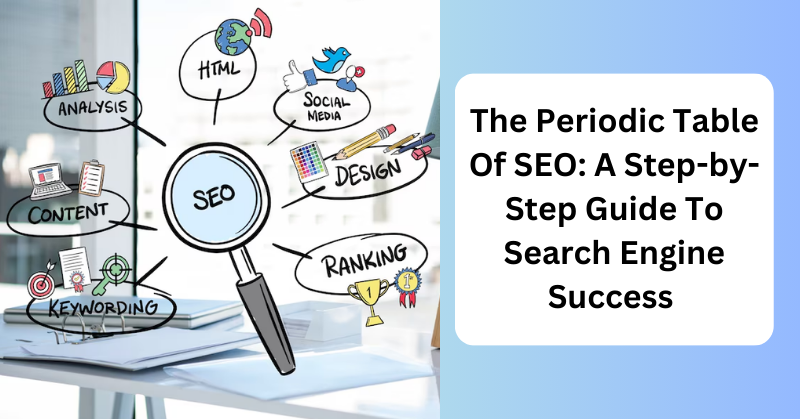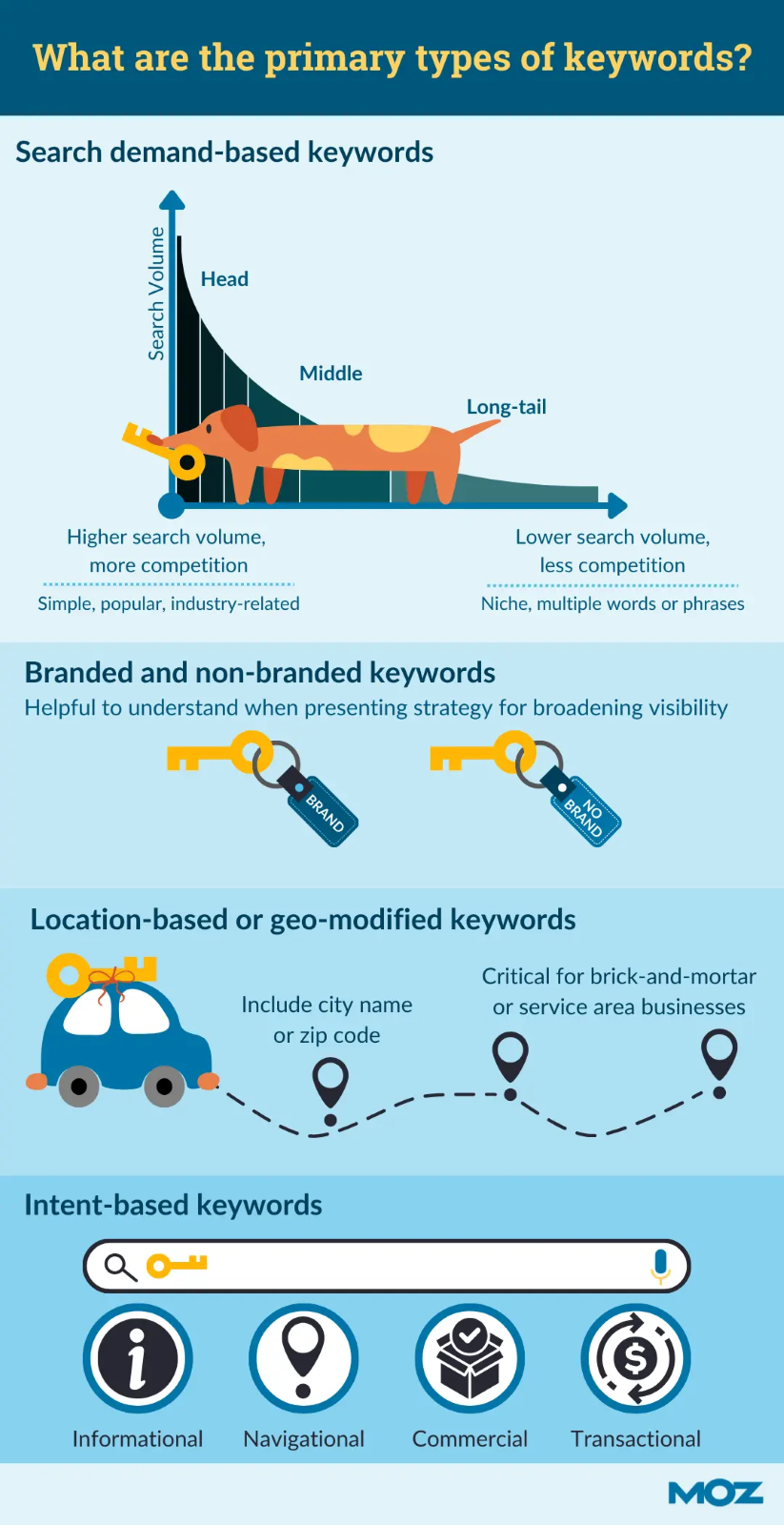The first thing that comes to your mind when the word period table is mentioned is chemistry. And in all sense, it’s fair since you’ve only heard the term in your chemistry classes.
But how does something related to chemistry enter the domain of SEO? How do the Periodic table and SEO link together?
You can consider the periodic table of SEO as a treasure map; however, instead of a real treasure, it’ll lead you to something much more than that for your website: organic traffic and click-through rates.
Here in this periodic table lies vital clues or specific strategies that’ll lead to your ‘ultimate treasure’ or, you can say, top ranking on search engines.
Sounds interesting, right?
Let’s embark on this quest together as we move forward with the help of our periodic table of SEO and start our journey to unfathomable rewards.
Introduction to the Periodic Table of SEO
The Periodic table of SEO categorizes SEO ranking factors into different ‘groups’ that represent different parts of SEO. These factors are commonly referred to as on-site, off-site, technical or content factors.
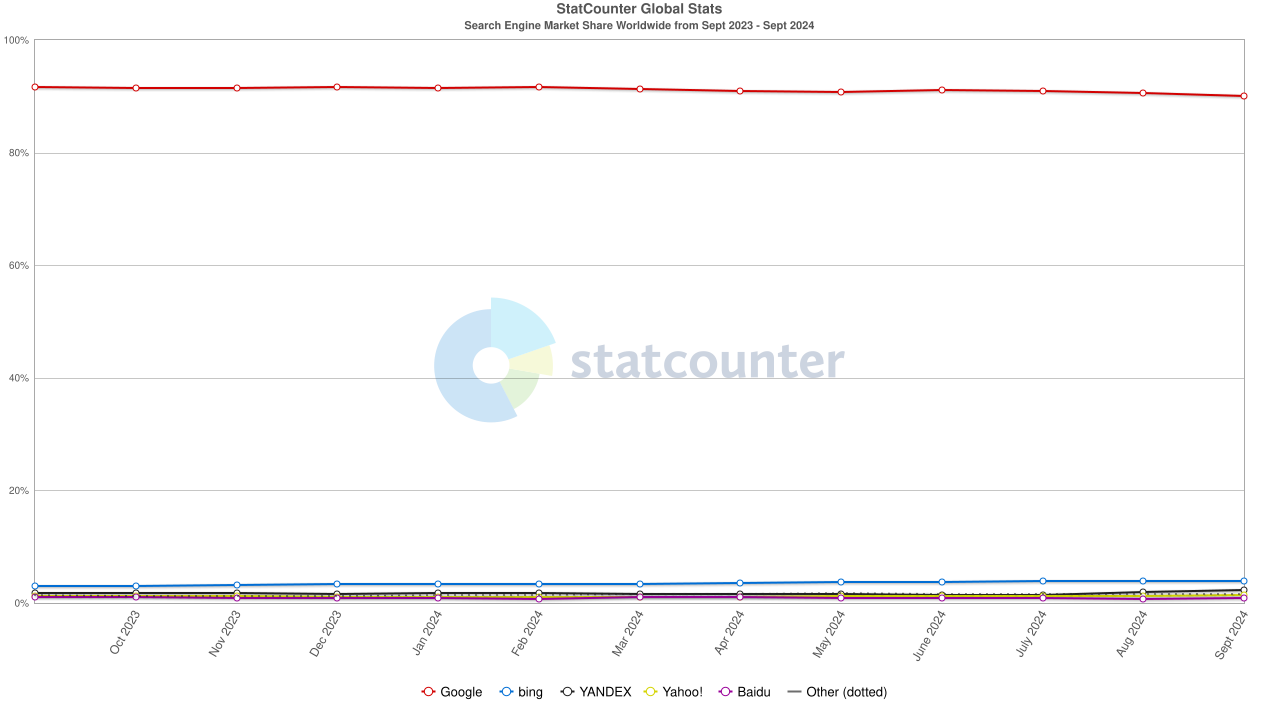
The overall purpose of SEO is to better position and optimize the site in accordance with the key indicators of the rating of search engines in general, or Google, which has a market share of almost 90.01% of search engines worldwide.
In this way, knowing and managing these SEO elements will help you rank higher and thus achieve organic traffic more efficiently.
Several important elemental categories are included in the periodic chart.
- On-Page SEO
- Content
- Site Architecture
- Technical SEO
- Off-Page SEO
- User Experience
- Toxins
- Emerging Trends
Let’s examine each topic in detail and see how it relates to your SEO plan.
1. On-Page SEO Elements
Optimizing a page’s HTML source code and content to increase its ranking potential is known as on-page SEO.
On-page SEO components are divided into the following crucial components in the periodic table of SEO.
A. HTML Tags
Meta title and description tags within HTML are significant because they inform the search engines what your specific page is all about. The placing of the primary keyword in the title tag is essential because it is a primary ranking factor.
Meta descriptions are not directly linked to rankings; however, they can have an impact on CTR by providing a relevant and appealing description of a site.
B. URL Structure

Web addresses that are shorter and have strings that would match the content of the page would rank higher. Clean URLs are also more comprehensible for the users and, therefore, are considered User Experience (UX) and Search Engine Optimization (SEO) friendly.
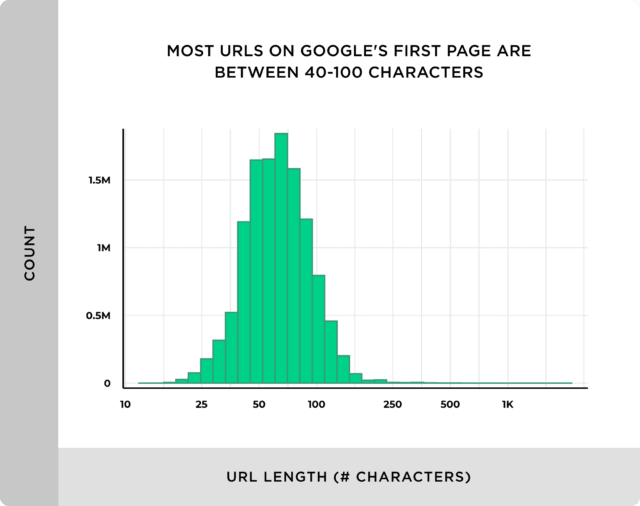
One such study conducted by Backlinko found that the average URL length for a top 10 result in Google is 66 characters. Nonetheless, the majority of URLs on Google’s first page have around the same length (between 40 and 100 characters).
C. Headers (H1, H2, etc.)
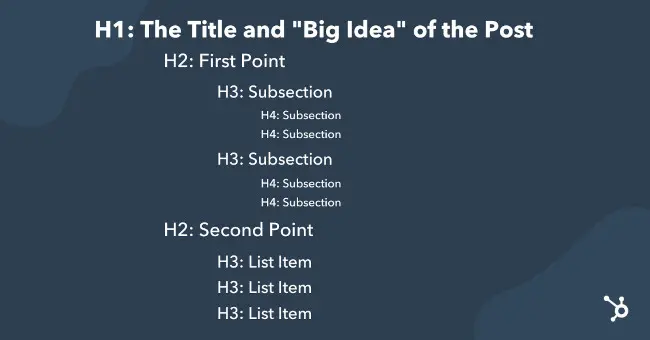
Header tags (H1, H2, H3, etc.) are used to indicate the importance of the content for both search engines and website visitors. The most crucial of them is the H1 tag because it often highlights the main topic of the page.
The H2 and H3 tags divide content into segments, which helps search bots improve indexing and helps the readers themselves.
D. Keywords
moz.com
Keywords continue to be one of the most important on-site SEO factors.
Keyword stuffing is detrimental when done, but the proper use of highly researched pertinent keywords within the content, title tag, and meta descriptions assist the search engines in understanding the subject matter of the page you want to be ranked.
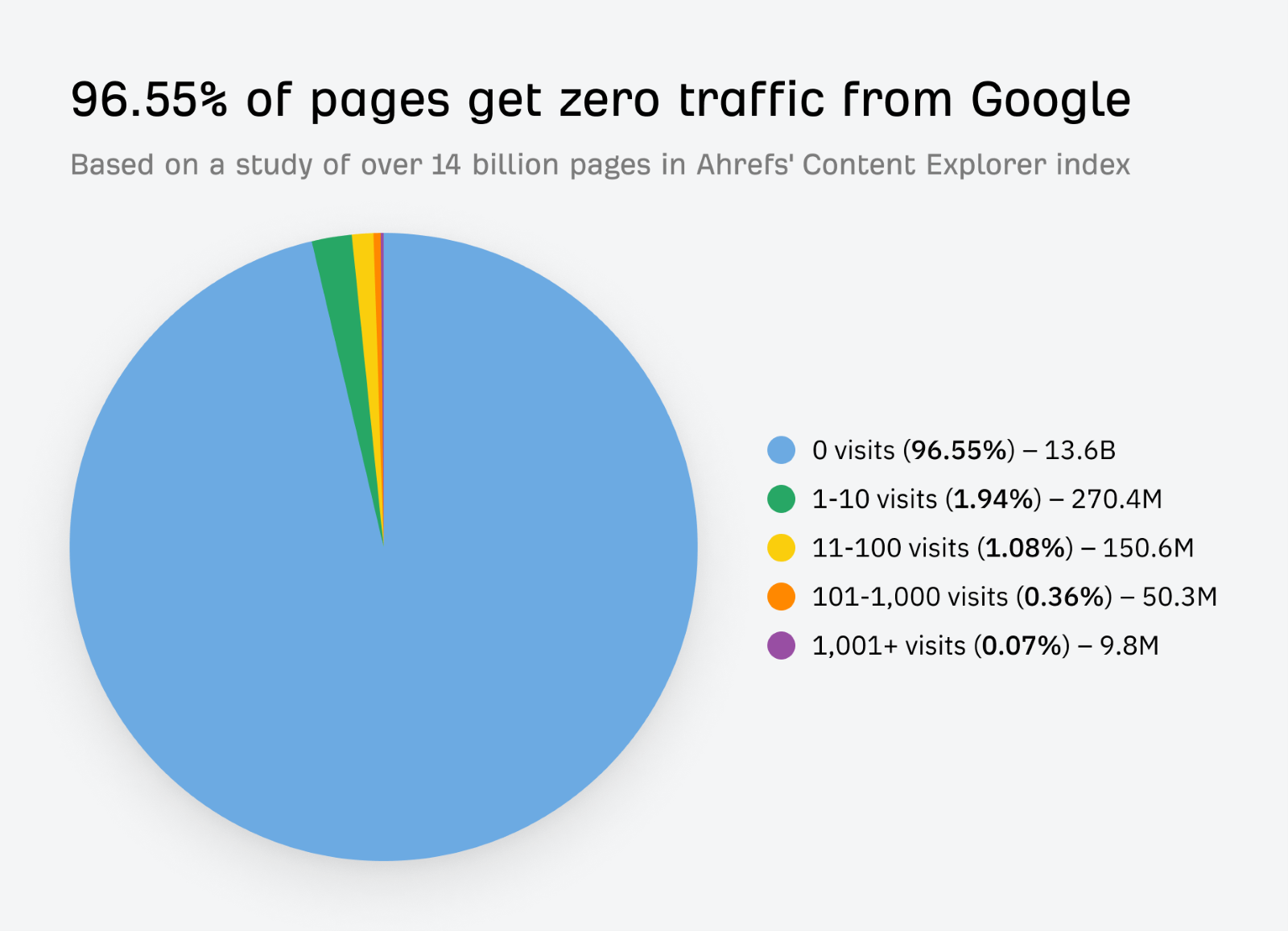
The above Ahrefs report shows that 96.55% of pages get zero traffic from Google, often due to poor keyword optimization.
2. Content
The cornerstone of SEO is content. Content that answers queries fulfills user purpose and adds value is what search engines are searching for.
The following are some important content-related factors.
A. Content Quality
The single most significant determinant of improving SEO performance is the actual content that is provided.
Google’s guidelines, such as E-A-T (Expertise, Authoritativeness, Trustworthiness), value content that is appropriately penned, informative, and beneficial for users
Quality content gets the users interested and makes them spend more time on your site, thus increasing the chances of getting backlinks.
B. Keyword Research
Keyword research will assist you in determining search terms or search words that your targeted customers use in their search.
Some of these factors are key because they enable you to determine user intent behind such queries and, therefore, create content that meets their needs, making it easier to rank.
There are tools like Google Keyword Planner, SEMrush, and Ahrefs where you can look for keywords.
C. Freshness
Updating content increases search engine indexes and informs search engines that your website is still active. Search engines appreciate fresh content, particularly on subjects that change over time.
Another factor is to update your previously written blog posts or articles to keep or enhance the positions of particular keywords on the search result list. As reported by HubSpot, businesses that blog 16 or more times per month earn 3.5 times more traffic than those who produce less than four pieces per month.
D. Content Depth
Search engines prefer longer content as it provides a thorough coverage of the topic. The pages that give only an outline of a topic may rank lower than the ones that provide more information, analysis, clear examples, and practical tips.
An advantage of such content is that it gives the author more room to establish credibility on the subject.
3. Site Architecture
Your website’s structure has a significant impact on how search engines index and crawl your content. A well-structured website makes it easier for search engines and people to discover the content they need.
A. Internal Linking
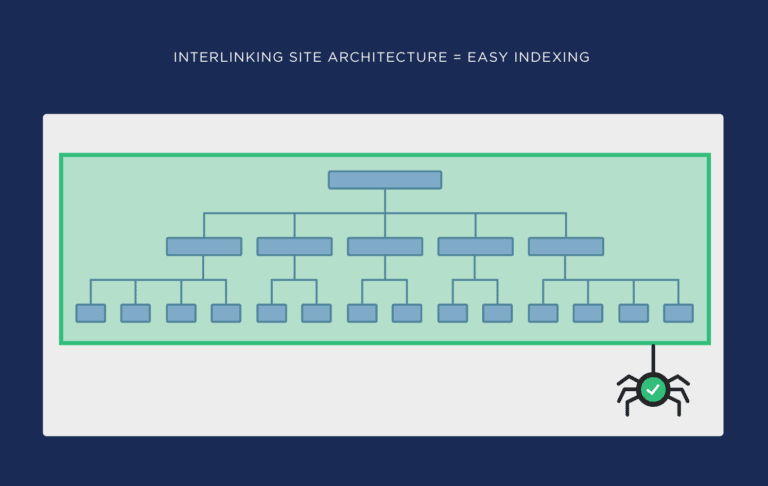
Internal linking allows the link juice to be spread over your website, and while crawling and indexing, search engines will find all the pages much more easily.
By linking related pages and content, you enhance the usability and, at the same time, encourage users that other pages on your site are essential.
B. Mobile-Friendliness
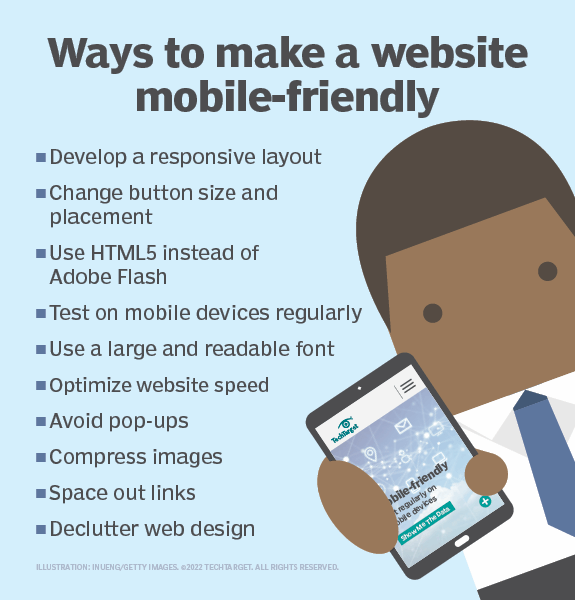
Google has announced that it will be using mobile versions of the blogs in its indexing, so being mobile-friendly is crucial right now.
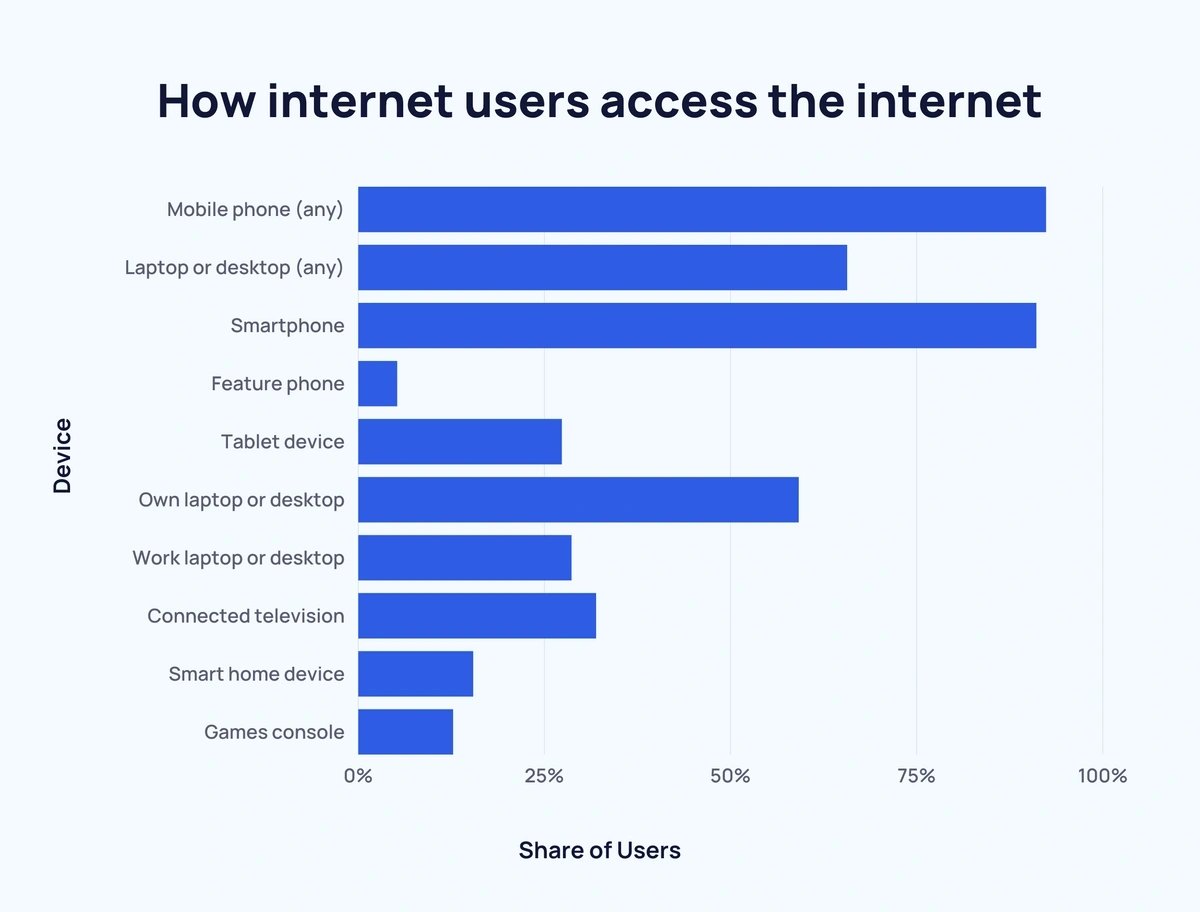
A 2024 report by Exploding Topics revealed that 92.3% of internet users access the internet using a mobile phone. This means adapting the user experience to small screen sizes through the use of mobile-first responsive design and providing faster loading on the mobile.
Not only does a site that is mobile-friendly rank better, but it also leads to gaining a more satisfied user.
C. Navigation
In addition to improving user experience, clear and straightforward navigation aids search engines in comprehending the structure of your website. In addition to making it easier for people to locate content, well-structured navigation makes it easier for search engines to index and crawl sites.
Let’s look at an example of clear and impressive website navigation.

The website navigation for Propa Beauty features a minimalist horizontal menu optimized for driving sales and member conversions. On the left side, the brand’s logo serves as a home link. Positioned at the center is a direct link to the product archive page, making it easy for visitors to browse available items.
On the right side, three icons are displayed: one for opening a search box, one for linking to the member login page, and one for providing access to the shopping cart. This streamlined layout ensures a user-friendly experience focused on quick navigation and conversions.
4. Technical SEO
Technical SEO describes the backend adjustments that enhance the overall speed, indexability, and crawlability of your website. Essential technical SEO components consist of the following.
A. Speed of the Site
One important ranking component is page speed. Lower rankings and increased bounce rates might result from pages that load slowly.
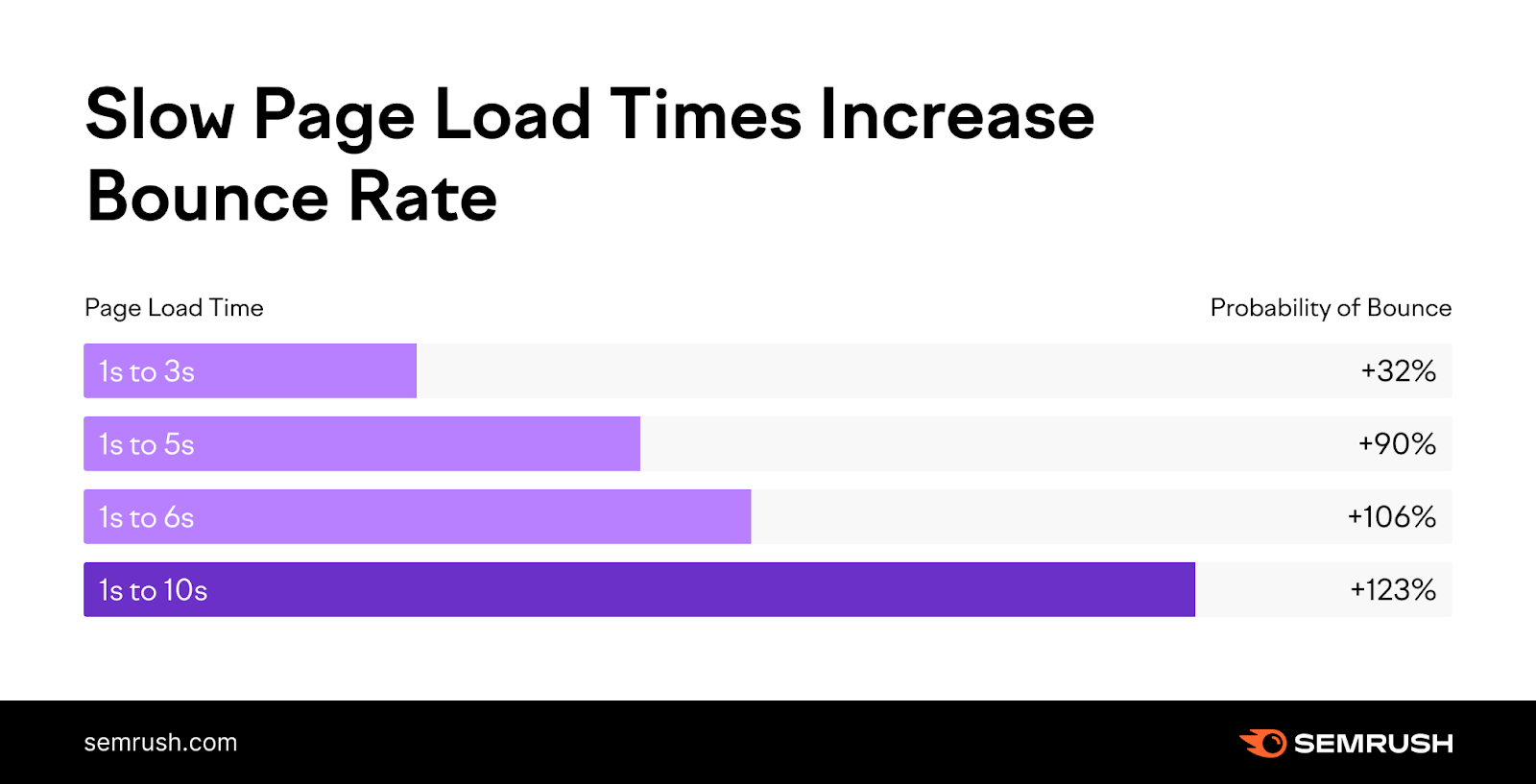
One study by SEMrush indicated that a user is three times more likely to bounce (i.e., leave your page) if your page takes longer than three seconds to load.
Page performance may be increased by employing browser caching, optimizing graphics, and minifying CSS and JavaScript.
B. XML Sitemaps

Search engines use an XML sitemap as a guide to find and index all of the critical pages on your website. Large websites with lots of pages or intricate systems require it. Search engines may simply crawl your website thanks to sitemaps.
5. Off-Page SEO
The term “off-page SEO” describes actions that go off of your website yet nonetheless significantly affect your rankings. Some of the most important off-page SEO elements are.
A. Backlinks
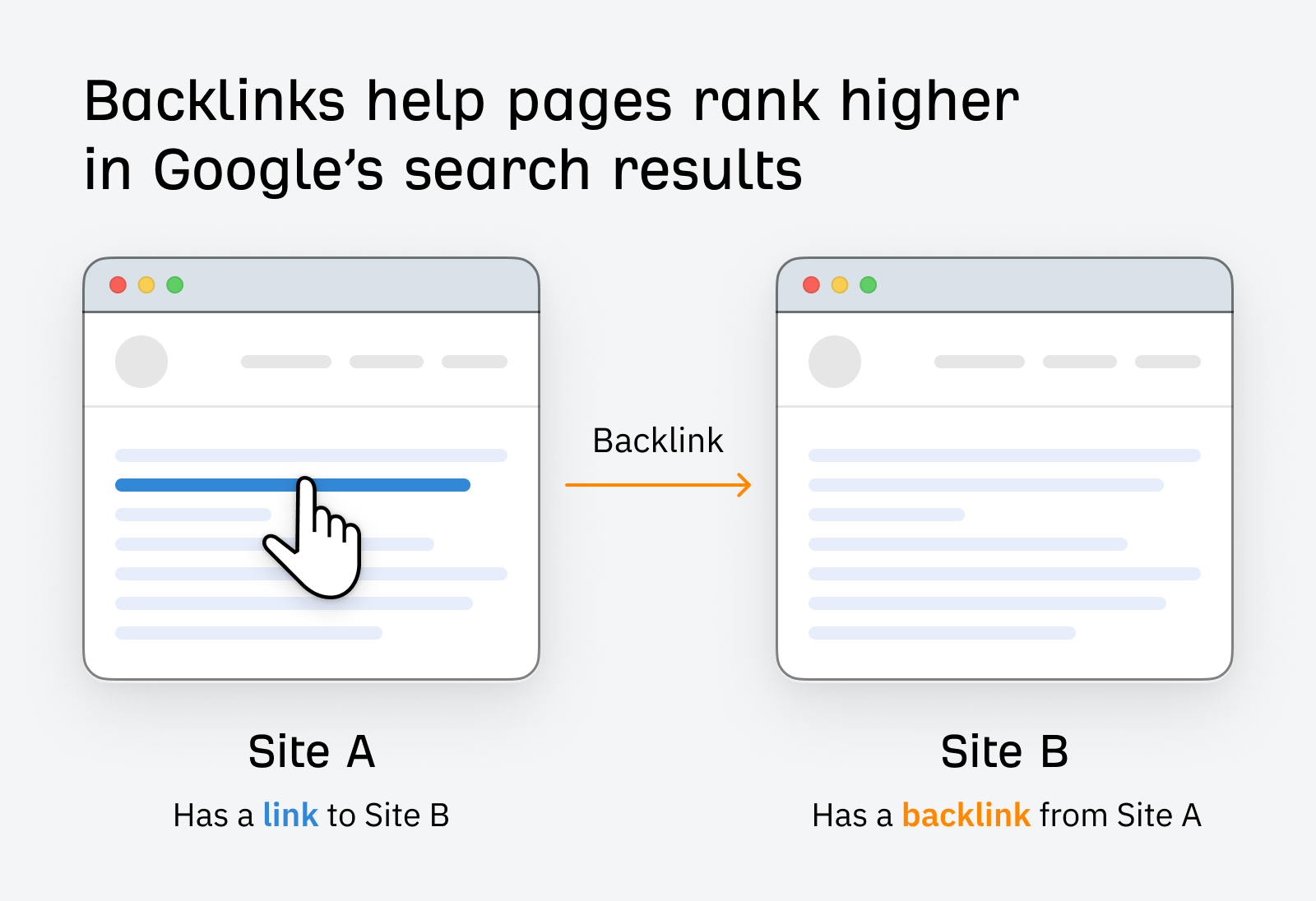
Links pointing to your website from other websites are known as backlinks. One of the best ranking indicators is a high-quality backlink profile from a reputable and pertinent webpage.
A diverse backlink profile can raise ranks, increase visitors, and improve the authority of your website.
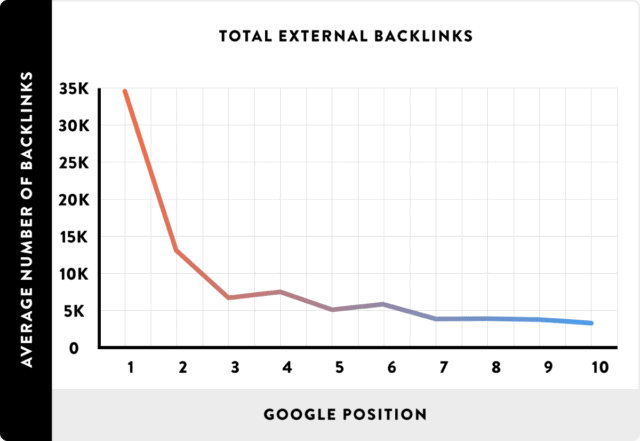
In fact, an industry study conducted by Backlinko found that links remain Google’s key ranking signal.
B. Social Cues
Social signals like shares, likes, and mentions can raise your content’s visibility and generate visitors, even if social media activity has no direct effect on rankings. More traffic and backlinks frequently result from increased social media activity, which has an indirect impact on SEO.
C. Brand Mentions
Brand mentions can increase your internet visibility if a website doesn’t connect to you directly. Google sees these references as an indication of significance and authority, which might raise your ranks.
6. Experience of the User (UX)
Google’s emphasis on core web vitals, which gauge page load speed, interaction, and visual stability, has made user experience an increasingly significant component of SEO.
A. Bounce Rate
When people leave your site without engaging, it’s known as a bounce rate. This might tell Google that your content isn’t up to par.
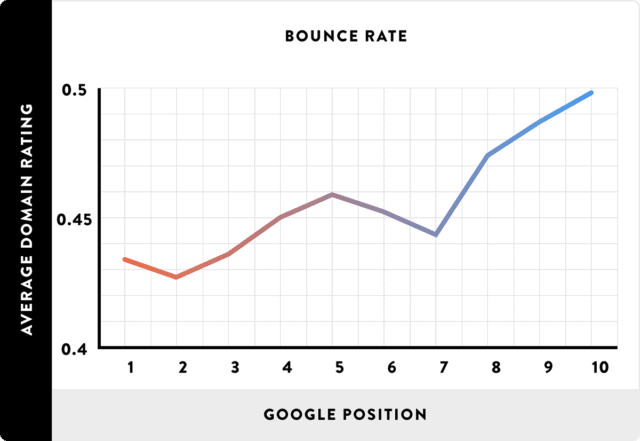
In fact, Backlinko stated that according to industry research, there was a strong correlation between bounce rate and Google ranks on the first page.
You may lower bounce rates and raise rankings by making sure your content is better and more in line with user intent.
B. Dwell time
Longer dwell periods can help you rank higher since they tell search engines that your content is useful and relevant.

Dwell time is the amount of time users spend on a page from the search results before returning to the search engine results page (SERP).
C. Click-Through Rate (CTR)
Your click-through rate (CTR) from the SERPs may be raised by optimizing your meta titles and descriptions. More visitors to your website are indicated by a higher CTR, which can also be a good indicator for search engines.
7. Toxins
The periodic table’s Toxins section lists behaviors that might undermine your SEO efforts. These include black-hat tactics like buying backlinks, cloaking, keyword stuffing, and duplicating content. Google penalties and a major decline in ranks may result from engaging in these activities.
8. New Developments
Long-term success in the ever-evolving industry of SEO depends on staying ahead of new trends. Among these tendencies are:
A. Voice Search
Voice search is growing in popularity as voice-activated gadgets become more common. Voice search traffic may be increased by optimizing for long-tail keywords and natural language.
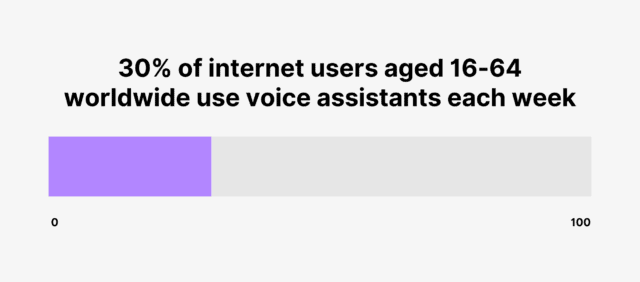
Backlinko even stated that 30% of internet users aged 16-64 globally use voice assistants every week.
B. Video Content
Video is becoming more and more popular with both people and search engines. Your approach can increase rankings and engagement by using video content.
Periodic Table of SEO: A Table or A Treasure Map?
A thorough framework for comprehending and putting into practice successful SEO tactics is offered by the Periodic Table of SEO.
As you traverse the intricate realm of SEO, keep in mind that offering value to your visitors is more important than merely pursuing rankings.
Although putting these tactics into practice will need time and work, the benefits—such as enhanced user engagement, higher rankings, and more traffic—will make the effort worthwhile.
